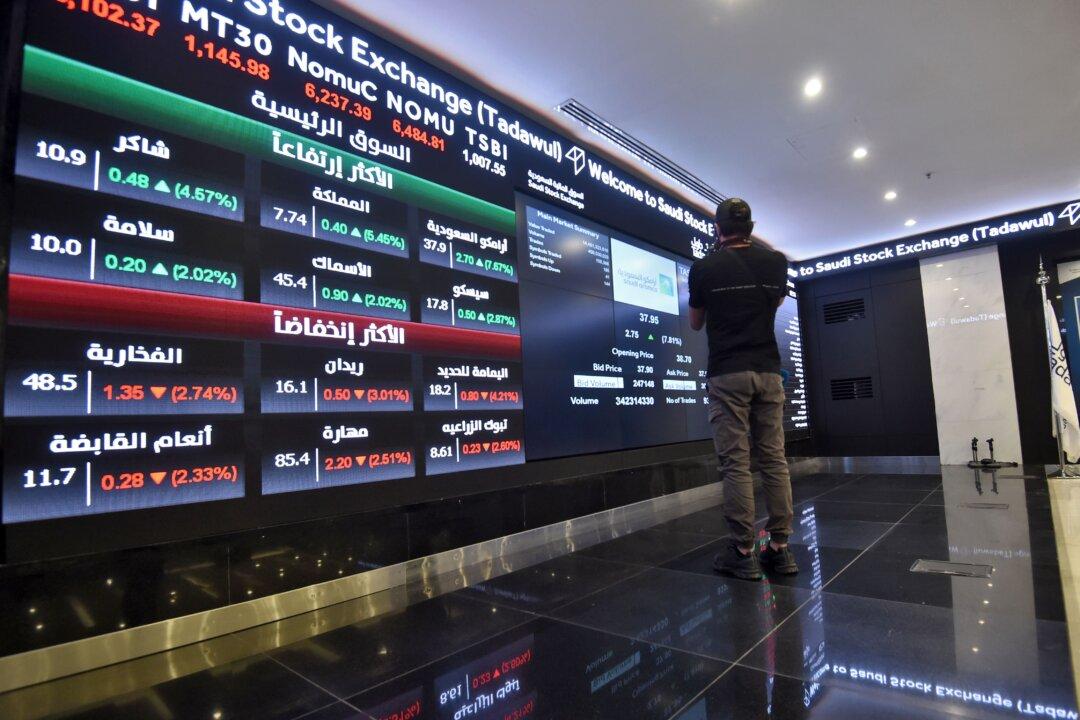While the United States remains the world’s biggest spender in research and development (R&D), its global share has shrunk as other countries have dramatically increased their investments, according to the report published Wednesday by the U.S. National Science Foundation.
The United States is increasingly “seen globally as an important leader rather than the uncontested leader” in science and engineering (S&E), the federal science agency said in the latest edition of its “State of U.S. Science and Engineering“ report, which has been published on a biennial basis to provide compiled information about the S&E enterprise for use by the country’s policymakers, researchers, and the public.





